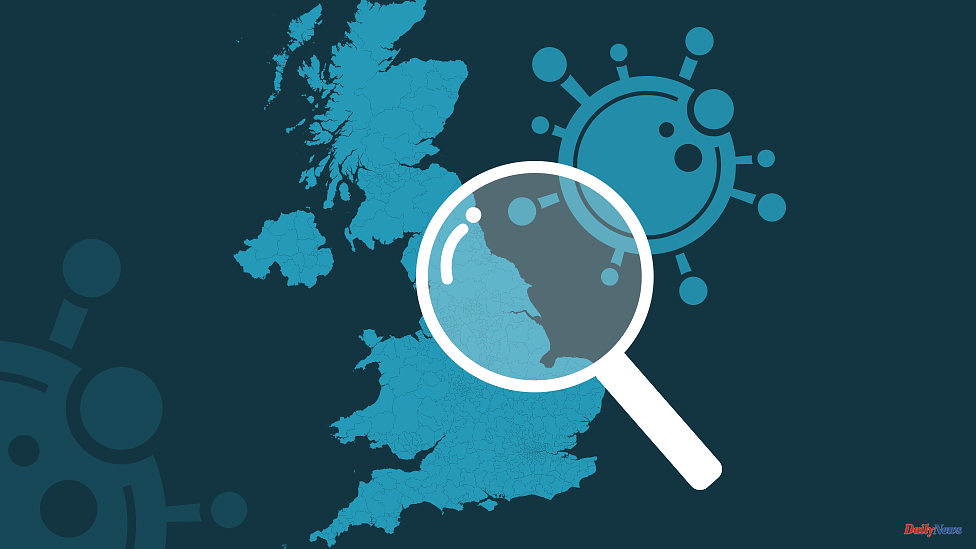According to the most recent weekly Office for National Statistics figures, covid infections are on the rise in the UK by around a third.
Coronavirus was reported in the UK by 2.3 million people during the week ending June 24, an increase of 600,000.
According to the ONS, some of the new infections are being driven by fast-moving subvariants of Omicron (BA.4 and BA.5).
More than 180,000 people died in the UK after a positive Covid test. However, there are more than 197,000 people who have Covid-19 on their death certificates.
Nine in ten people over 12 years old have received a Covid vaccine with their first dose.
Covid infections increased 32% over the week before, with one in 30 people being infected. This represents 3.5% of the total population.
According to the most recent figures, infections rose in all age groups. The latest figures show that infections have increased in all UK countries and all English regions.
Wales saw the greatest increase in infections, up 55% over the week before.
However, overall infections in Scotland are higher than elsewhere in the UK. 1 in 18 Scots had the virus last week, while 1 in 30 in the UK.
Because people are randomly selected, the survey should give a good picture of infection levels in the UK. Participants in the survey are tested every week and the figures are not published until several days later.
Since April, England, Wales, and Scotland have restricted the free Covid test availability. Private tests can be purchased, but results are not available on the government's website.
According to government statistics, 10,081 coronavirus-infected people were hospitalized in the UK as of 27 June. This is an increase of 7,475 from a week earlier. These are the most recent figures for all UK countries.
According to more recent data, England has 9,389 coronavirus-infected patients as of July 1.
Because of the continued protection provided by vaccinations, the proportion of people who are being treated for severe infections and require intensive care is lower than it was before the pandemic.
According to the ONS, there were 309 new Covid deaths registered in the UK during the week ending 17 June.
These are all deaths in which coronavirus was mentioned on a death certificate, even if the person has not been tested for it.
This is in contrast to the 28-day average number of deaths that are reported after a positive test.
Official figures give three ways to count death from coronavirus. Each method gives a different number.
First, the government figures - those reported by countries - include people who died within 28-days of being tested positive for coronavirus. Although this number is higher than 180,000, both Scotland and Northern Ireland stopped reporting it.
The latest ONS statistics show that the UK has seen more than 197,000 deaths, if you include death certificates mentioning Covid-19.
The third count includes all deaths that are more than the expected number of people who died since the pandemic started. This figure was approximately 154,000 at 17 June. Sometimes it is called excess deaths above the long term average.
Over 53 million people have received their first vaccine, which is 93% of the population aged 12 or over in the UK.
Over 50 million people have had a second dose of vaccine, which is 87% of those aged 12 or older.
More than 39 million booster doses were administered in the UK so far.
A booster jab program is being added for those over 75, residents of care homes and people with weak immune systems.
Note: The lookup and interactive maps that were previously on this page have been replaced by the map above, which uses data from the ONS infected survey. This is due to a combination reduced testing, changes in the rules for when tests are taken, and changes to data from the government coronavirus dashboard.












